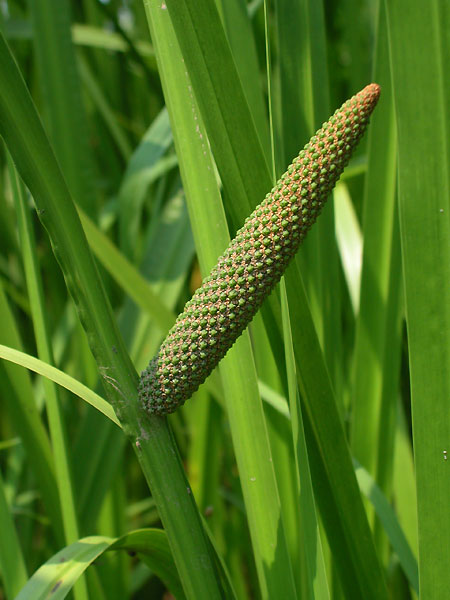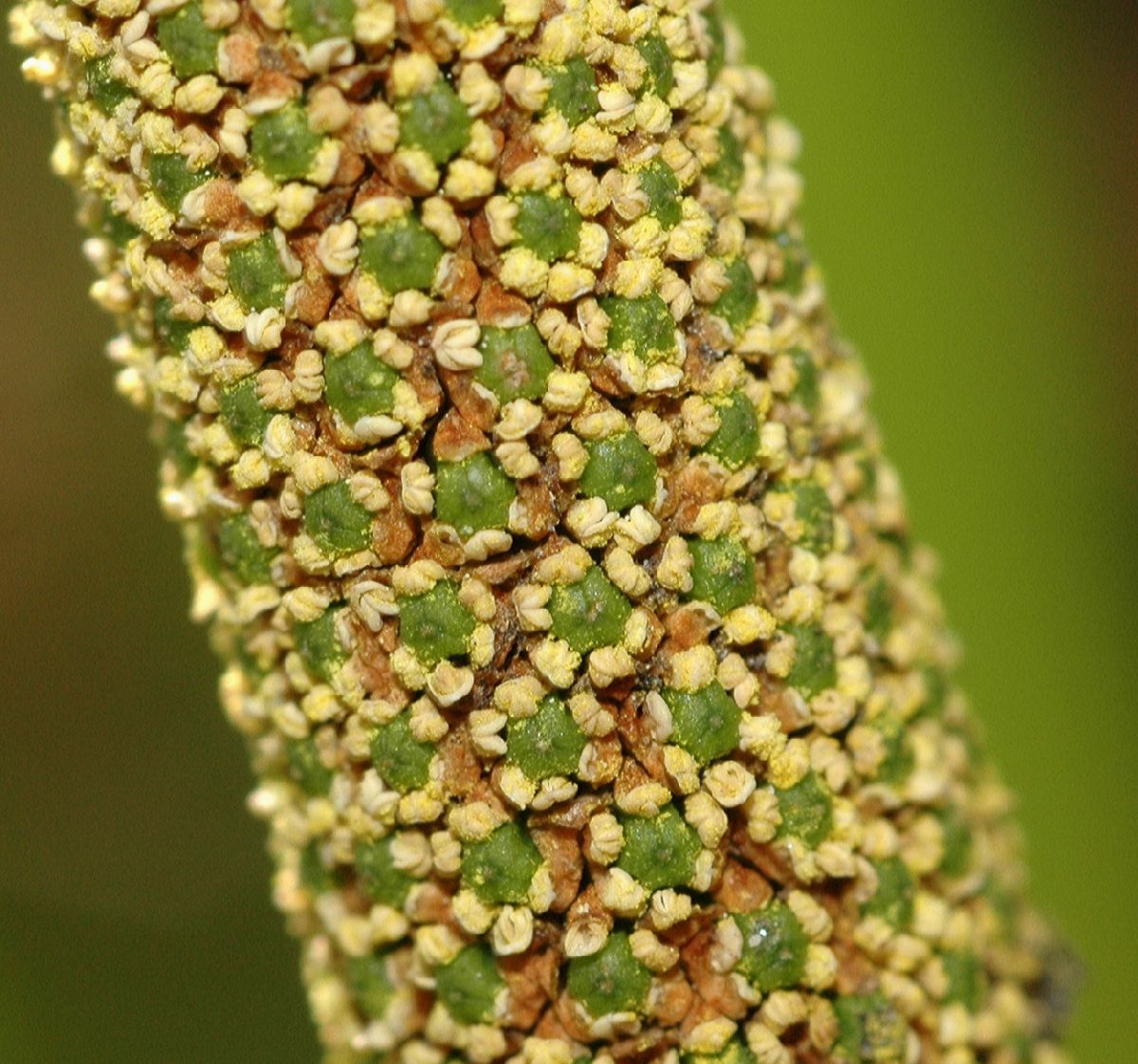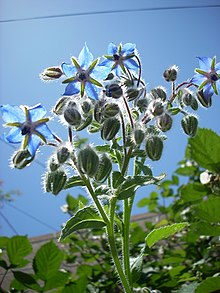Species (Family)
Calendula officinalis L. (Compositae)
Synonyms(s)
Gold-bloom, Marigold, Marybud, Pot Marigold
Part(s) Used
Flower
Food Use
Calendula is not used in foods. In the USA, calendula is listed as GRAS (Generally Recognised As Safe).
Herbal User
Calendula is stated to possess antispasmodic, mild diaphoretic, anti-inflammatory, anti-haemorrhagic, emmenagogue, vulnerary, styptic and antiseptic properties, Traditionally, it has been used to treat gastrict and duodenal ulcers, amenorrhoea, dysmenorrhoea and epistaxis; crural ulcers, variose veins, haemorrhoids, anal eczema, protitis, lymphadenoma, inflamed cutaneous lesions (topically) and conjunctivitis (as an eye lotion). The German Commission E approved internal and external use for inflammation of oral and pharyngeal mucosa and external use in treatment of poorly healing sores.
Dosage
Dried florest 1-4g or by infusion three times daily.
Liquid extract 0.5-1.0mL (1:1 in 40% alcohol) three times daily.
Calendual Tincture (BPC 1934) 0.3-1.2mL (1:5 in 90% alcohol) three times daily.
External use Tincture-liquid extract (1:1) in 40% alcohol or tincture 1:5 in 90% alcohol. Apply to wounds as such and dilute 1:3 with water for compresses. Ointment 2.5%.
Pics of Calendula
 |
| Calendula |
 |
| Calendula |
 |
| Calendula |
 |
| Calendula |
View calendula lotion for baby


























